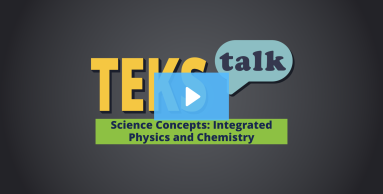
Knowledge and Skills Statement
Research
Craig, Norman C. and Cortland S. Hill. "Do-It-Yourself Experiments for the Instructional Laboratory." Journal of Chemical Education 89, no. 6 (2012): 755. https://www.proquest.com/scholarly-journals/do-yourself-experiments-instructional-laboratory/docview/1013851691/se-2
Summary: A new design for experiments in the general chemistry laboratory incorporates a "do-it-yourself" component for students. In this design, students perform proven experiments to gain experience with techniques for about two-thirds of a laboratory session and then spend the last part in the do-it-yourself component, applying the techniques to an experiment of their own design. With this approach, students take chances with new ideas as do working scientists.
